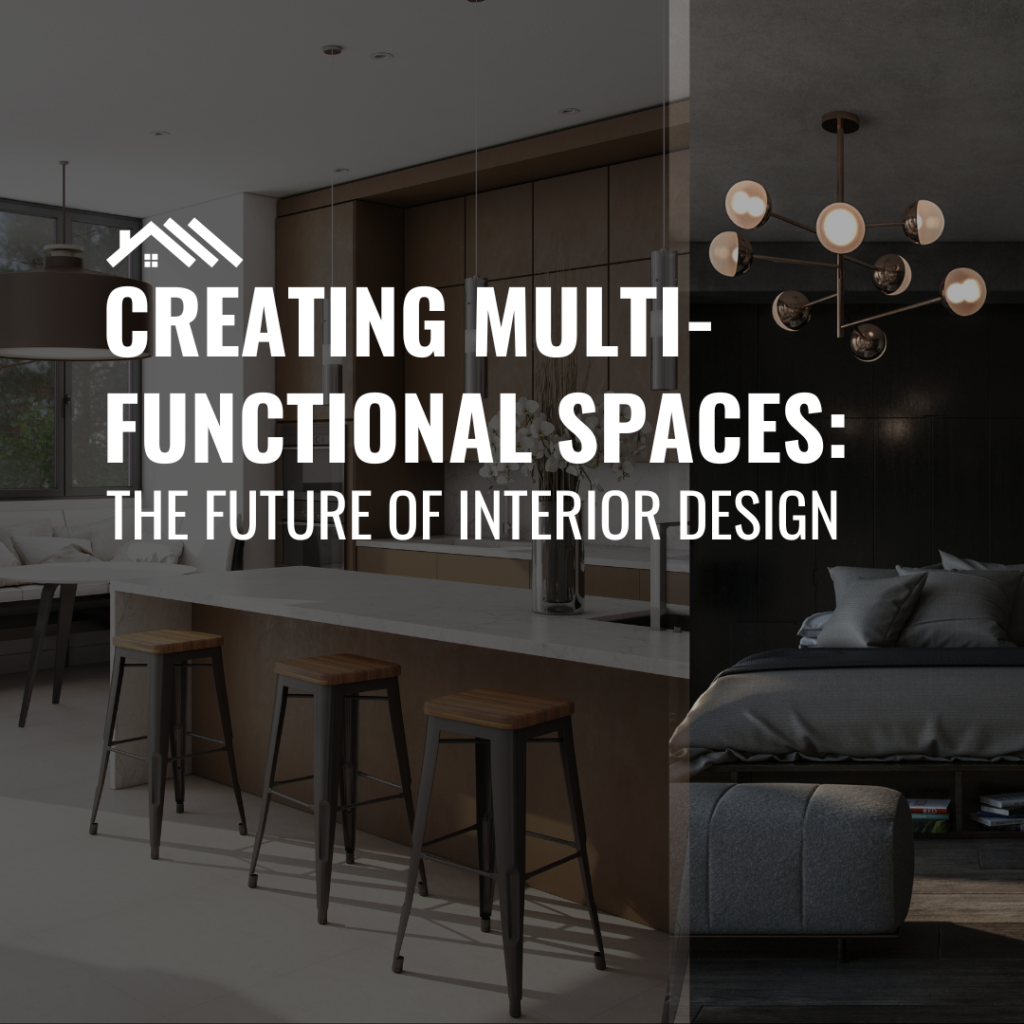
As modern homes and workspaces evolve, the demand for multi-functional spaces has become increasingly popular. Gone are the days of rigid room assignments—today, people seek spaces that can serve multiple purposes, enhancing both functionality and aesthetic appeal. From home offices that double as guest rooms to living rooms with hidden storage solutions, versatile designs allow homeowners to make the most of their square footage.
At Segment Interiors, we specialize in designing adaptable interiors that cater to diverse needs, while maintaining style and comfort. Here are some ways multi-functional spaces can revolutionize your living environment:
1. Work and Relaxation Zones
With the rise of remote working, many homeowners are looking for office spaces that don’t intrude on the rest of the home. A well-designed home office can seamlessly integrate with other areas, such as the living room, without compromising on style or practicality. Thoughtful furniture choices, like a foldable desk or convertible sofa, can help transition a space from work mode to relaxation mode effortlessly.
2. Multi-Purpose Furniture
Investing in multi-purpose furniture is key to maximizing space without clutter. For example, a bed with built-in storage or a coffee table that extends into a dining table can add extra functionality to a space while maintaining a sleek, organized look. These solutions work especially well in small apartments, where maximizing every square foot is essential.
3. Hidden Storage Solutions
One of the best ways to create a clutter-free, functional space is by incorporating hidden storage solutions. From under-bed storage to built-in cabinetry that blends into the walls, these designs allow for a clean, minimalist look without sacrificing storage needs. Designers at Segment Interiors focus on creating seamless storage that complements the overall aesthetic of a room, making it both practical and beautiful.
4. Open Floor Plans with Defined Zones
Open floor plans are increasingly popular for their flexibility and spacious feel, but defining different functional zones within an open space is crucial. By using furniture arrangement, rugs, or lighting to differentiate areas, designers can create spaces that feel distinct yet connected. This approach works particularly well in large living spaces that need to serve multiple functions—such as a combined kitchen, dining, and living area.
5. Convertible Rooms
One of the most innovative trends in interior design is the concept of rooms that can be easily transformed to serve different purposes. For instance, a guest bedroom that can be converted into a home gym with fold-away furniture or sliding partitions. By prioritizing adaptability, you can ensure that every room in your home can evolve with your lifestyle.
Multi-functional spaces are not just a trend—they are the future of interior design. They offer flexibility, practicality, and style, all while making the most of limited space. At Segment Interiors, we focus on designing interiors that are as versatile as they are beautiful, providing our clients with solutions that meet the demands of modern living. Whether you’re looking to redesign a single room or create an entirely new layout, incorporating multi-functional elements can help you achieve a space that adapts to your needs while reflecting your personal style.
Stay Tuned for Next Post!
#HappyReading

